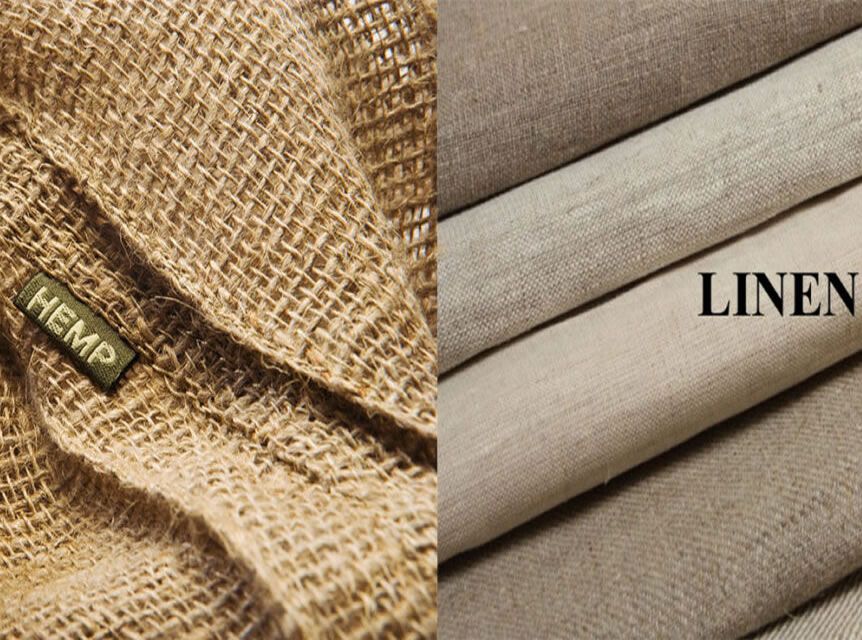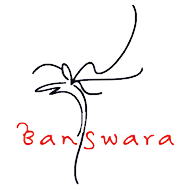LINEN AND HEMP’S SIMILAR AND DIFFERENT ASPECTS

Hemp and linen are two long-existing natural fibers. Although they have many similarities in terms of features, they also have some important differences. This article will consider two fibers to help you decide which is right for your production.
Hemp fibers come from the stem of the Hemp sativa plant, sometimes called industrial hemp. The hemp stem has two layers. The outer layer has string-like bast fibers and the inner layer has a woody, sap-like fiber. The outer layer is used in the production of textile fabric.
Hemp has been used by man for centuries, grown for its durable inner fibers that are ideal for making fabric, rope, fishing nets and even paper. Linen fabric, on the other hand, is made from cellulose fibers that grow inside the stems of the linen plant, known for its nutritious edible seeds. Like hemp, linen has been grown and used for thousands of years and has many similar uses.
OTHER ARTICLES
- Advantages and Usage Areas of Culvitation of Hemp
- The Place of Hemp in Yarn and Textile Industry
- The Place of Hemp in Yarn and Textile Industry
- What is Linen and Linen Production in Turkey
- Sustainability in The Textile Industry
- Tthe Global Effect of The Pandemic and Tthe Evaluation of The Textile Sector
- Naturel Fibers and Organic Yarn Production
- Hemp Production in Turkey, A Historical Brief and Global Hemp Market
- European Flax Certificate
- Search for Sustainable Production in Textile Raw Material and the Hemp Yarn
- Linen and Hemp's Simila and Different Aspects
- Hemp Fiber and Fabric Production
- Ecological Hemp Production
- Sustainability Studies in the Textile Industry - 2021
- What is Needed for Sustainability in the Textile Industry ?
- Organic Yarn Demand Increases As Textile Raw Material Crisis Escalates
- 2021 Data and 2022 Expectations for Ready-made Clothing Industry and Textile Raw Materials
- Fiber and Hemp Yarn Production and Yarn Export in the Turkish Textile Industry
Similarities between hemp and linen;
- Both linen and hemp start out as tough fabrics that soften through use and washing.
- Both are strong, long-lasting fibers (though most sources say hemp is up to 8 times stronger).
- Both materials are natural and breathable
- Both fabrics absorb moisture and dye easily.
- Both fabrics have antibacterial properties.
- Both have hollow fibers, which makes them effective insulators - keeping them cool in the summer and warm in the winter.
- Both fabrics improve wash after wash.
- Both fabrics are biodegradable.
- Both are moth, mildew and mildew resistant.
- The negative feature of both is that they wrinkle very easily.
- Both can be mixed with other fibers to add new beneficial properties.
Differences between hemp and linen;
- Hemp fiber bundles are longer than linen, which explains why hemp is stronger than linen.
- Its fibers are of different colors. (The fibers of the hemp plant are yellowish-gray and dark brown, the fibers of the linen plant are yellowish-camel hair and gray)
- Hemp is highly resistant to ultraviolet light, so it will not fade or disintegrate in sunlight.
- Elastic recovery of linen fabric is better than hemp; in fact, hemp stretches less than any other natural fiber.
- Hemp requires very little maintenance compared to linen. Linen garments go through several washes after their initial production before gradually changing from a rough feel to a softer feel. Hemp softens after the first wash and gets softer with each subsequent wash.
Environmental Impacts of Hemp and Linen;
- The biggest advantage of hemp over hemp is how it is grown. Hemp is incredibly easy to grow and naturally resistant to many pests, meaning it can be grown successfully without the use of herbicides and pesticides. Linen is not very weed resistant, so in some cases herbicides are used.
- On the same land, hemp is more productive; The average hemp yield is between 500 and 800 pounds. average is only 325 - 450 lbs for linen.
- Another advantage of growing hemp over linen is that it has long taproots that are very good for soil, so it's a great rotation crop. This means it can be grown on the same land every year. On the other hand, linen can be grown in the same area for about five years, but without the soil being depleted.
- One disadvantage of growing hemp is that it is a very hungry plant and needs a lot of nutrients (nitrogen, phosphorus, potassium) and water to produce a successful yield. When it comes to nutritional requirements, linen has a definite advantage as it requires little water and nutrients.
- In terms of biodiversity support, hemp is definitely in the first place. Fiber hemp is rated as the fifth best crop for biodiversity (after alfalfa, timber trees, oilseed hemp, and ginseng), while linen comes in ninth (after apples, peanuts, and grapes).
Linen and Hemp Applications;
Hemp and linen seeds are considered super healthy and contain vitamins, minerals, fiber and beneficial omega-3 fatty acids. Hemp seeds are also used to make milk and plant protein.
The leaves and flowers of the hemp (Cannabis sativa) plant contain cannabinoids such as CBD. CBD oil is used to alleviate a range of health problems, from epilepsy to insomnia.
Hemp fibers are used as an ingredient in textiles, paper, biofuels, plastics, animal feed, building materials and skin care. In textiles, hemp has a variety of applications such as clothing, rugs, shoes, upholstery and hats. Linen is traditionally used in home textiles such as tea towels, wall coverings, lampshades, bedding and table linens. It's also very popular in summer fashion - linen skirts, shirts, tops and dresses keep you cool and airy during the summer months.
As a result, although linen and hemp have similar properties in many respects, hemp also has environmental importance, mainly because its cultivation does not require pesticides and is beneficial for the soil. However, both fibers are considered to have strategic importance in terms of their use in many different applications.








Filofibra Pazarlama A.Ş.
FILOFIBRA Pazarlama A.Ş. has been providing service to Turkish Textile market in the sale of fiber, yarn and fabric in Istanbul since 1986.
Address
-
Filofibra Pazarlama A.Ş
-
Levent Cad. Sülün Sok. No: 34 1. Levent, Istanbul
-
Tel : +90 212 283 3860/ 9 Hat
-
Fax : +90 212 283 3859
-
Email - This email address is being protected from spambots. You need JavaScript enabled to view it.
Address Abroad
-
Filofibra SA
-
Riva Caccia 1 / A Central Park Bldg. 6900 Lugano / Switzerland
-
Tel - +41 91 985 78 11
-
Fax - +41 91 985 78 08 - 09 - 10
-
Email - This email address is being protected from spambots. You need JavaScript enabled to view it.

